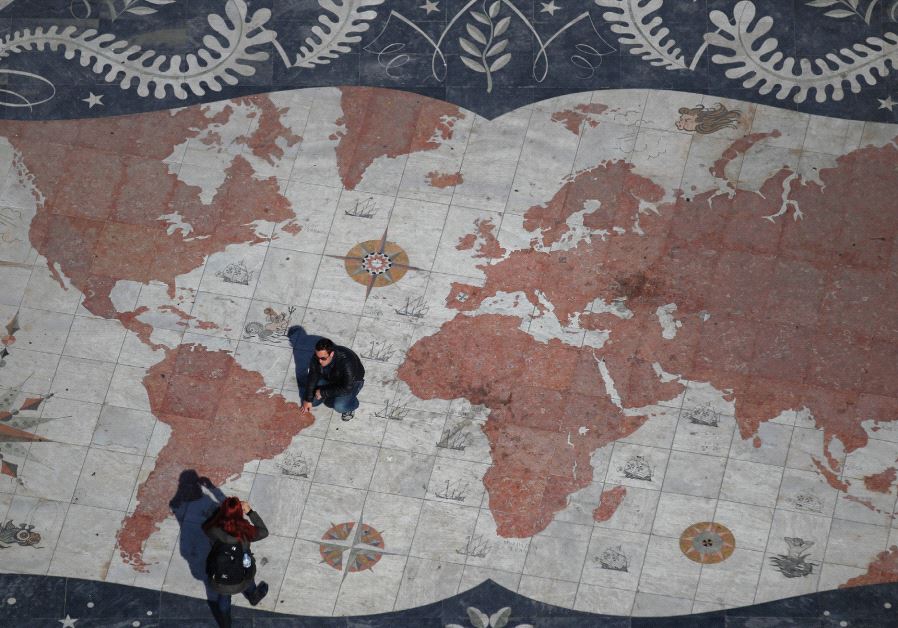Terra Incognita: Western policy makers, stop being obsessed with ‘solutions’ in the Middle East
The key is to accept that some things are not “solvable” and hybrid structures and new paradigms are a good thing.
 A tile design with the map of the worldUpdated:
A tile design with the map of the worldUpdated: